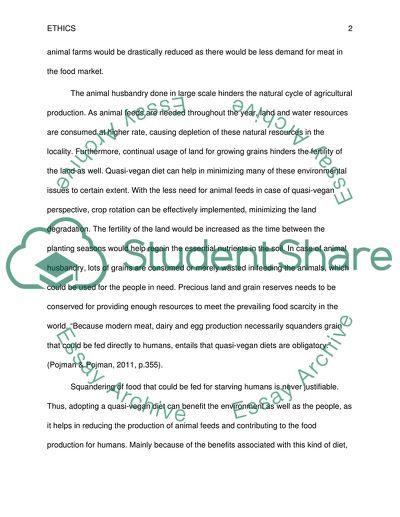Cite this document
(Environmental Ethics Essay Example | Topics and Well Written Essays - 1500 words, n.d.)
Environmental Ethics Essay Example | Topics and Well Written Essays - 1500 words. Retrieved from https://studentshare.org/environmental-studies/1833213-environmental-ethics-assignment-5
Environmental Ethics Essay Example | Topics and Well Written Essays - 1500 words. Retrieved from https://studentshare.org/environmental-studies/1833213-environmental-ethics-assignment-5
(Environmental Ethics Essay Example | Topics and Well Written Essays - 1500 Words)
Environmental Ethics Essay Example | Topics and Well Written Essays - 1500 Words. https://studentshare.org/environmental-studies/1833213-environmental-ethics-assignment-5.
Environmental Ethics Essay Example | Topics and Well Written Essays - 1500 Words. https://studentshare.org/environmental-studies/1833213-environmental-ethics-assignment-5.
“Environmental Ethics Essay Example | Topics and Well Written Essays - 1500 Words”, n.d. https://studentshare.org/environmental-studies/1833213-environmental-ethics-assignment-5.


